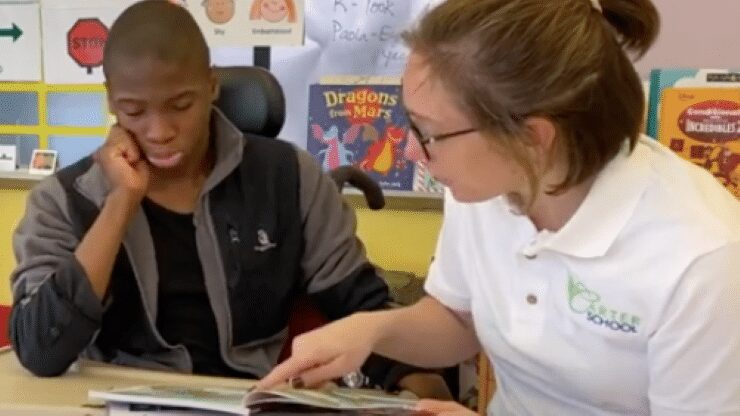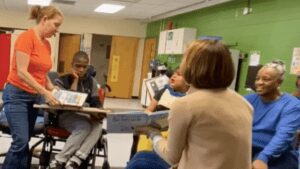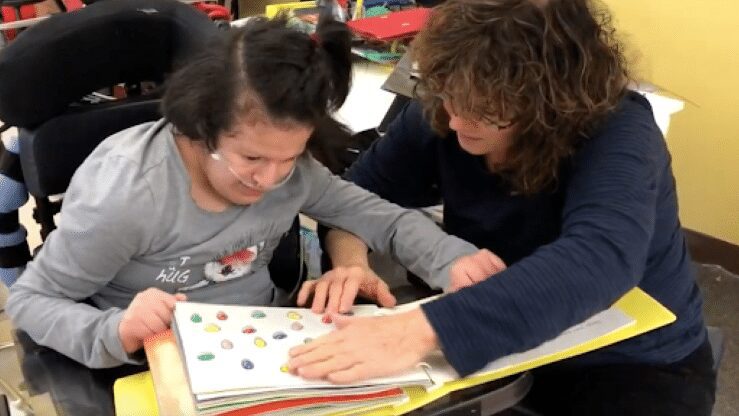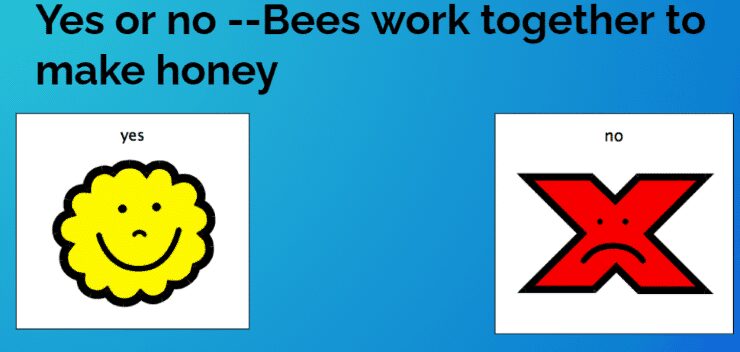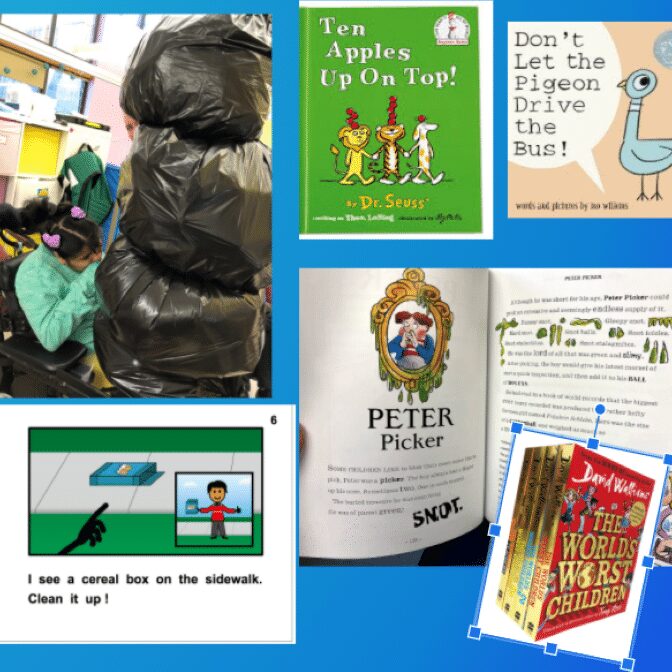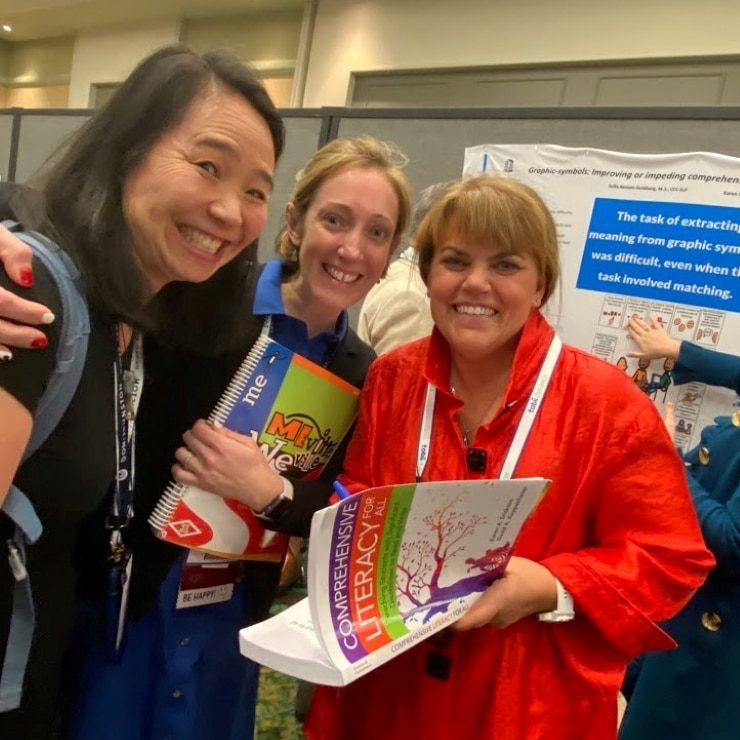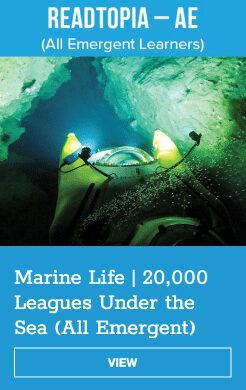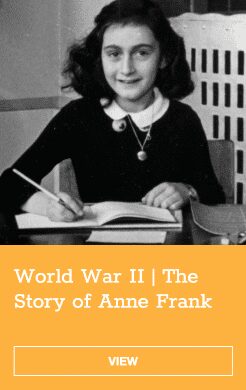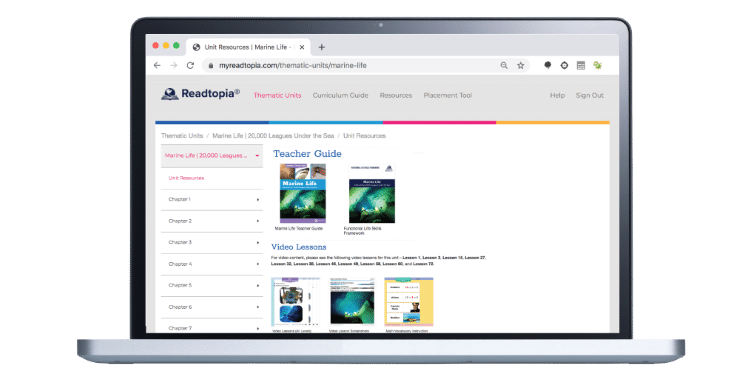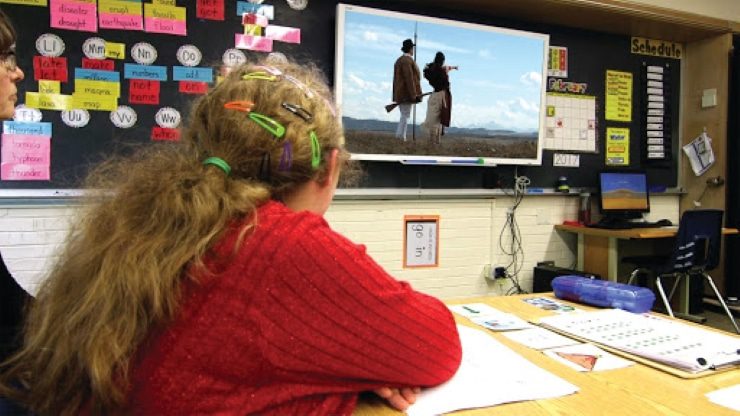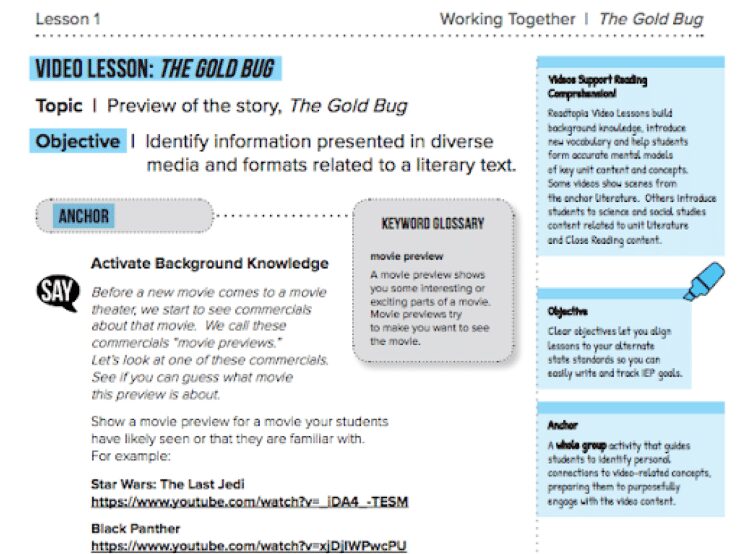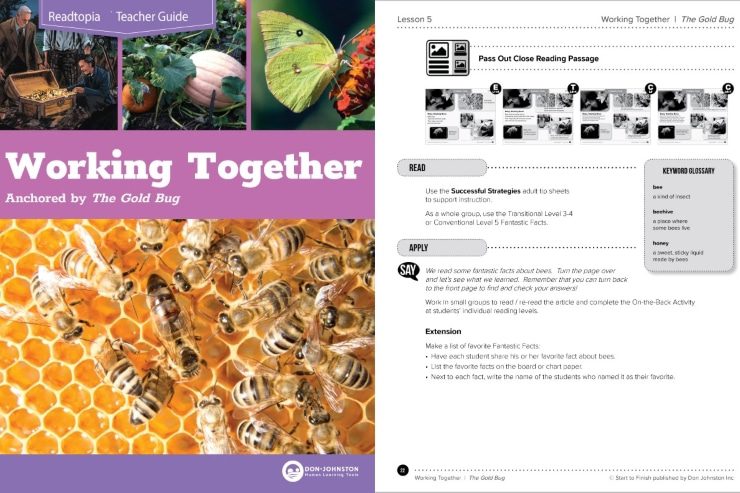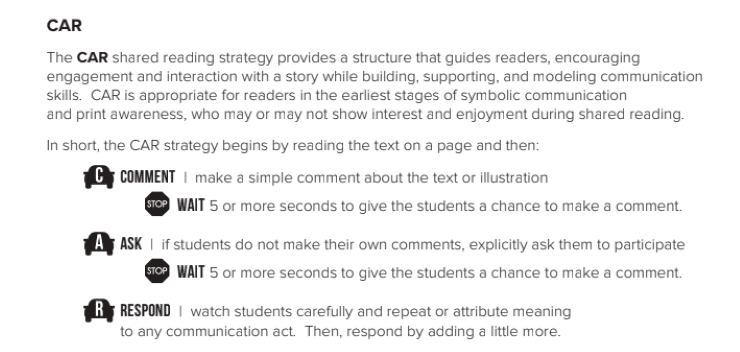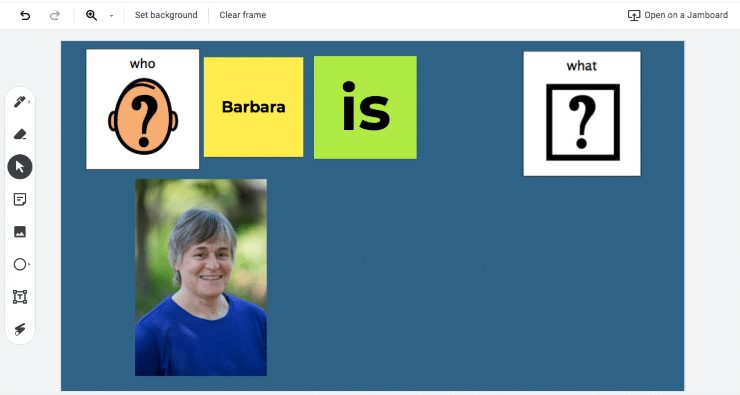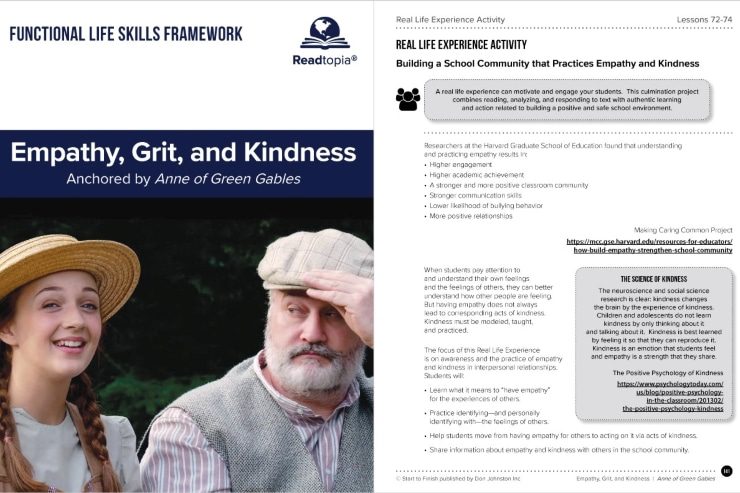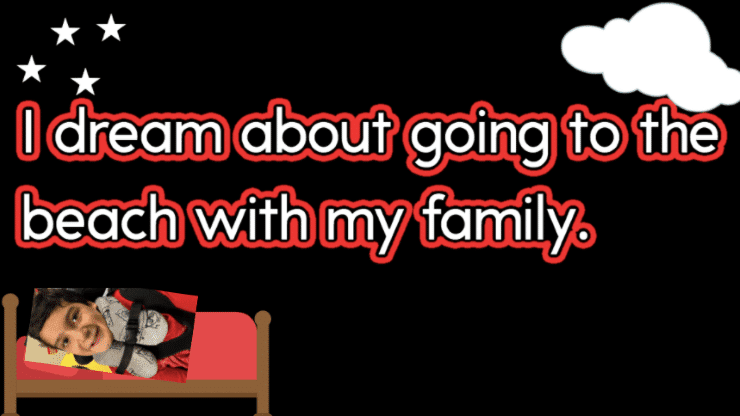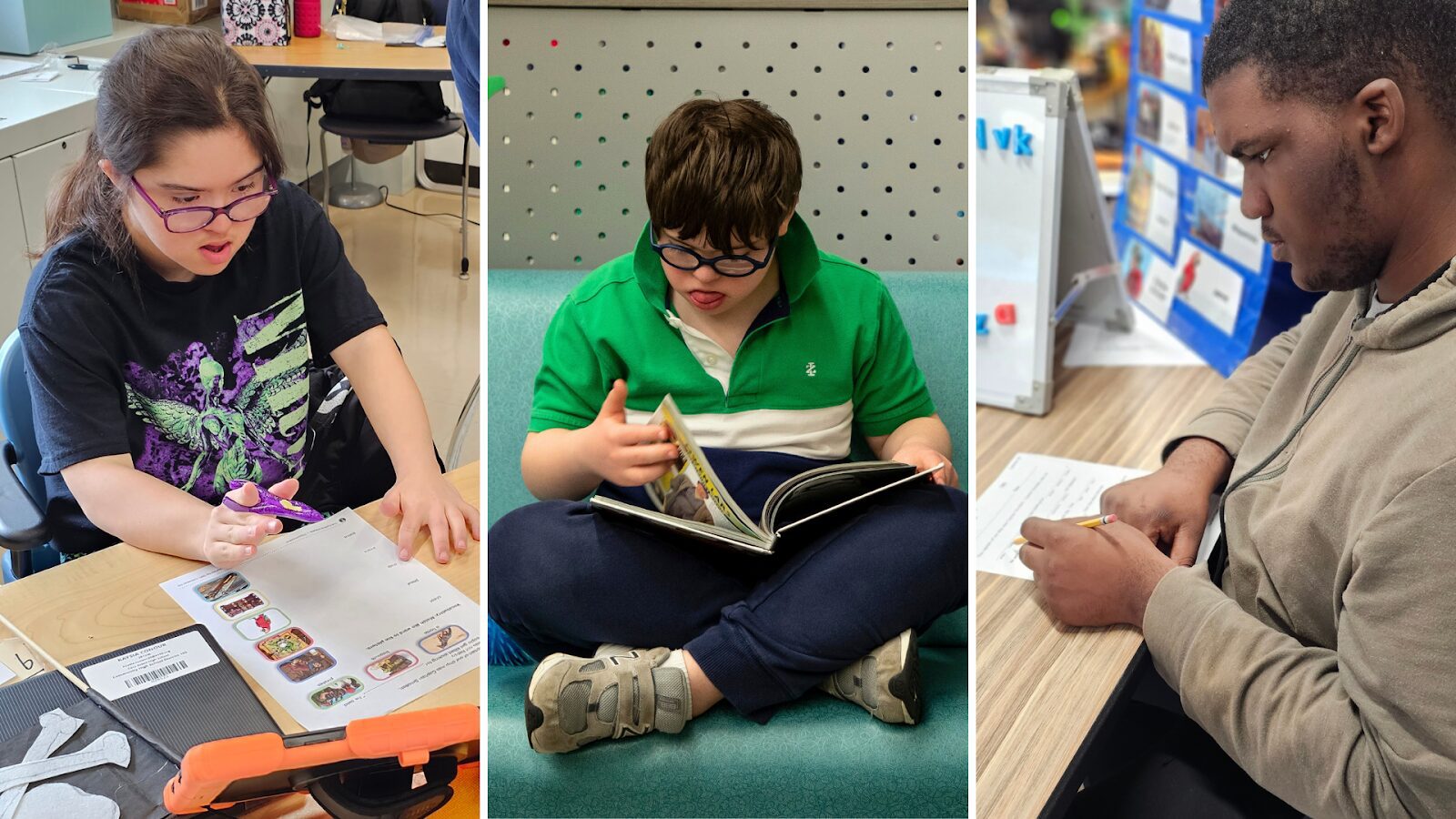“Meaningful, purposeful communication is at the heart of learning to read and write. Students who learn that they can use reading and writing to investigate areas of interest, share their ideas, thoughts, and feelings, or interact with new people, understand that the primary purpose of literacy is communication.” -Dr. Caroline Musslewhite, assistive technology specialist and one of the key designers of Readtopia
Mario, a student at the William E. Carter School in Boston, doesn’t say much. In fact, he’s completely nonverbal. But the fact that Mario doesn’t use his voice to communicate certainly does not mean that he doesn’t have anything to say. In fact, thanks to Mario’s hard work with the dedicated staff at his school, he is now able to communicate his opinions and preferences and needs with a smile. Literally.
The Carter School primarily serves nonspeaking students with complex needs. “Most come to us with no formal language system at around the age of twelve,” says Sarah Wakabayashi, M.S., CCC-SLP, who, in addition to her role as speech-language pathologist for the Carter School also serves on Boston Public Schools’ assistive technology team. In order to encourage a student’s ability to communicate effectively, staff at the Carter School use a system of communication based on each student’s most reliable, intentional response to answer yes and no questions. This often involves movement. Some students, like a young man named Carlos, hit a switch with their heads to indicate their yes answers. Some use eye movement or eye blinks. And then there’s Mario, who communicates his yes with a smile-like gesture that resembles a “beautiful Elvis lip movement,” Sarah says.
“We love teaching our students,” says Kim Kulasekaran, M.S., the Carter School’s lead teacher, “We believe they deserve to access and connect to the world around them, and communication is essential to making those connections.”
That’s why Sarah and Kim and the rest of the Carter School Team chose to center communication as their whole school instructional focus. And to do so, they put literacy at the forefront. “Experience has taught us that a rich curriculum centered on literacy is the best vehicle for increasing communication in our students,” Kim says.
To further their students’ communication skills, the Carter School aims to provide their “beautifully complex” students with instruction that is cognitively demanding. To achieve this, the team developed a tool called the Cognitively Demanding Task Matrix, or CDTM for short. “It builds off of an intentional response of a student,” says Sarah. In other words, the Carter School works really hard to systematically challenge their students to advance and generalize communication skills across a variety of novel stimuli, settings, situations, and people.
“Literacy is a perfect context to target increasing communication and language skills,” Sarah says, “and it teaches so many other aspects of communication.”
“Literacy teaches our students the concept that words in books have meaning and give them an opportunity to show their interest and opinions about a character in a story, or a problem a character is having,” Sarah says, and with the communication skills gained through the Cognitively Demanding Task Matrix, “they can share that opinion with classmates and teachers.”
And it’s working. “After three years of focusing on more cognitively demanding tasks in a variety of contexts, including literacy, Mario was not only able to listen to a story, but to use that yes smile to authentically participate, to respond to content questions, and use his yes/no answers to comment about a character or to ask questions about what he’d just learned,” says Sarah.
Though the Carter School made great strides forward since first implementing their focus on communication and literacy, they still lacked a curriculum that supported their work. “We teach using simpler vocabulary and less complex sentence forms, but we want books that are age-appropriate [for older students],” Kim says. With Carter’s student population falling between the ages of 12-22, those age-appropriate books for very beginning readers were nearly impossible to come by. There were children’s books written in the kind of simpler language the Carter School requires, but they were all based on topics that failed to engage adolescent and young adult interests and align with state standards.
“We had to make up the curriculum on our own, and it was time-consuming,” Kim says, “You have to make it age-appropriate—you have to adapt it—and it’s a lot of work.” At the time, they weren’t aware of any curriculum that would work for all of their students, who differ widely in levels of comprehension, abilities, and interests. They remained on the lookout for a literacy program that was comprehensive, cognitively demanding, and engaging across all disciplines and abilities. And it wasn’t until they attended the Assistive Technology Industry Association (ATIA) conference in January of 2020 that they found it.
Readtopia was an ideal fit for Sarah and Kim’s students because the materials are adapted for a range of older elementary, middle school, and high school students, ranging in reading levels from emergent (beginning) to transitional to conventional. Building on a comprehensive reading curriculum that aligns with state standards, the content pairs both literature and standards-based content areas across ELA, math, science, social studies, and life skills topics.
Each multi-disciplinary, thematic unit includes age-appropriate multi-level graphic novels (up to seven levels), videos, phonics and word study instruction, informational texts, and the very same classic literature their peers are studying in conventional classes—from Anne of Green Gables to Journey to the Center of the Earth—only carefully leveled and supported with illustrations and images.
Better is always possible, Allison believes. “I would like to see students with disabilities break through artificial limits and realize their full capabilities. How can we get there? By providing teachers with the right resources to reach those expectations,” she says. Readtopia is making it possible every day.
